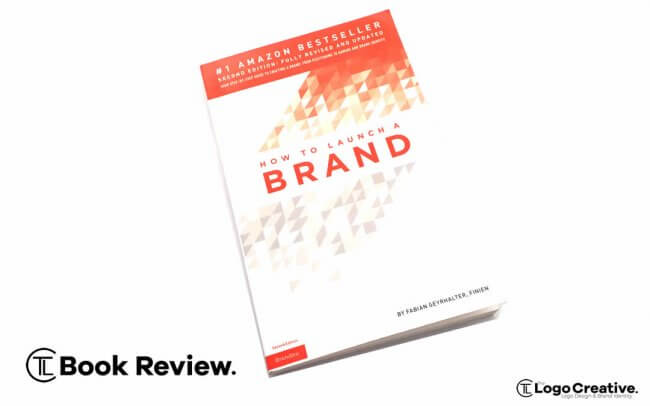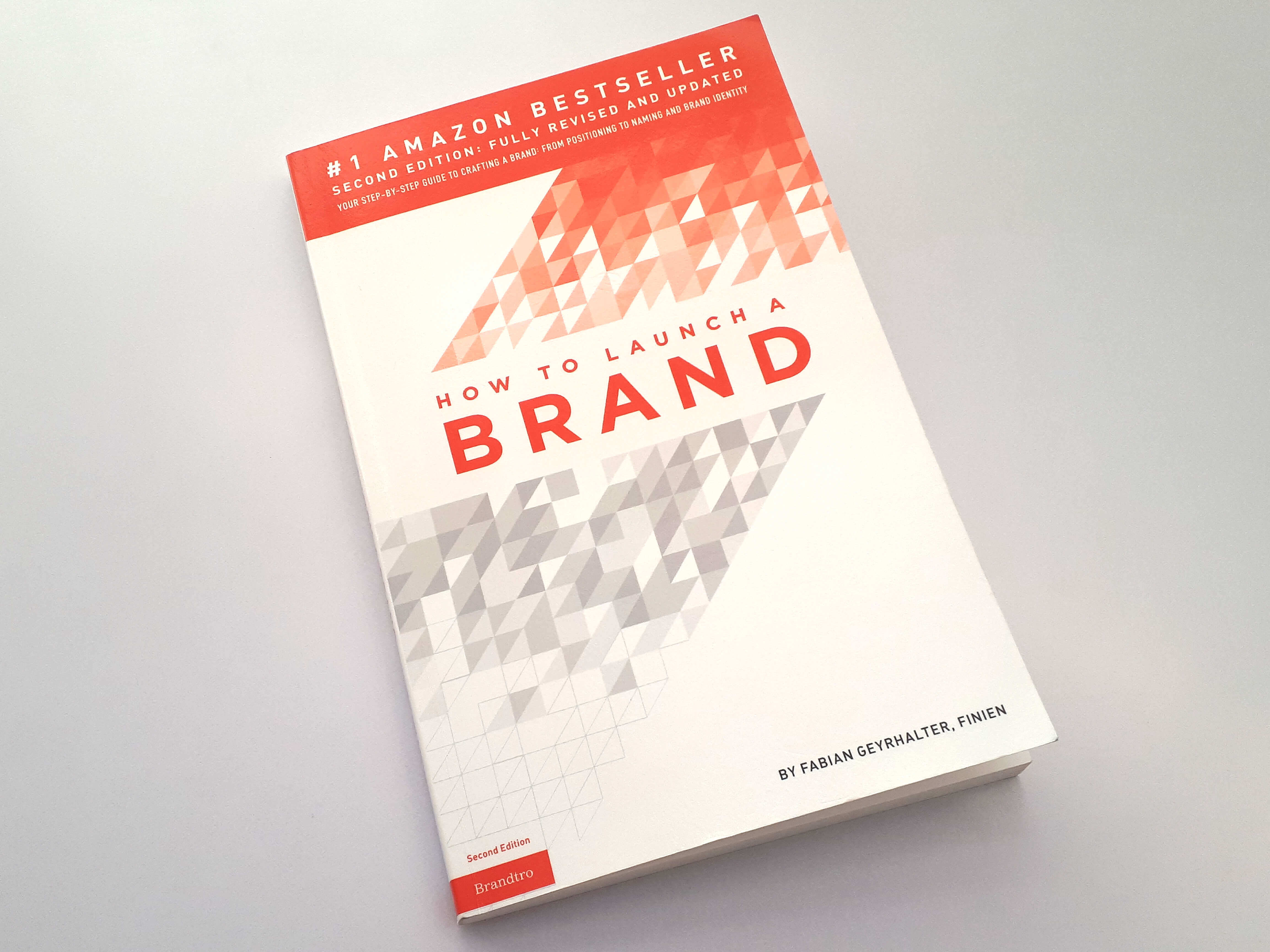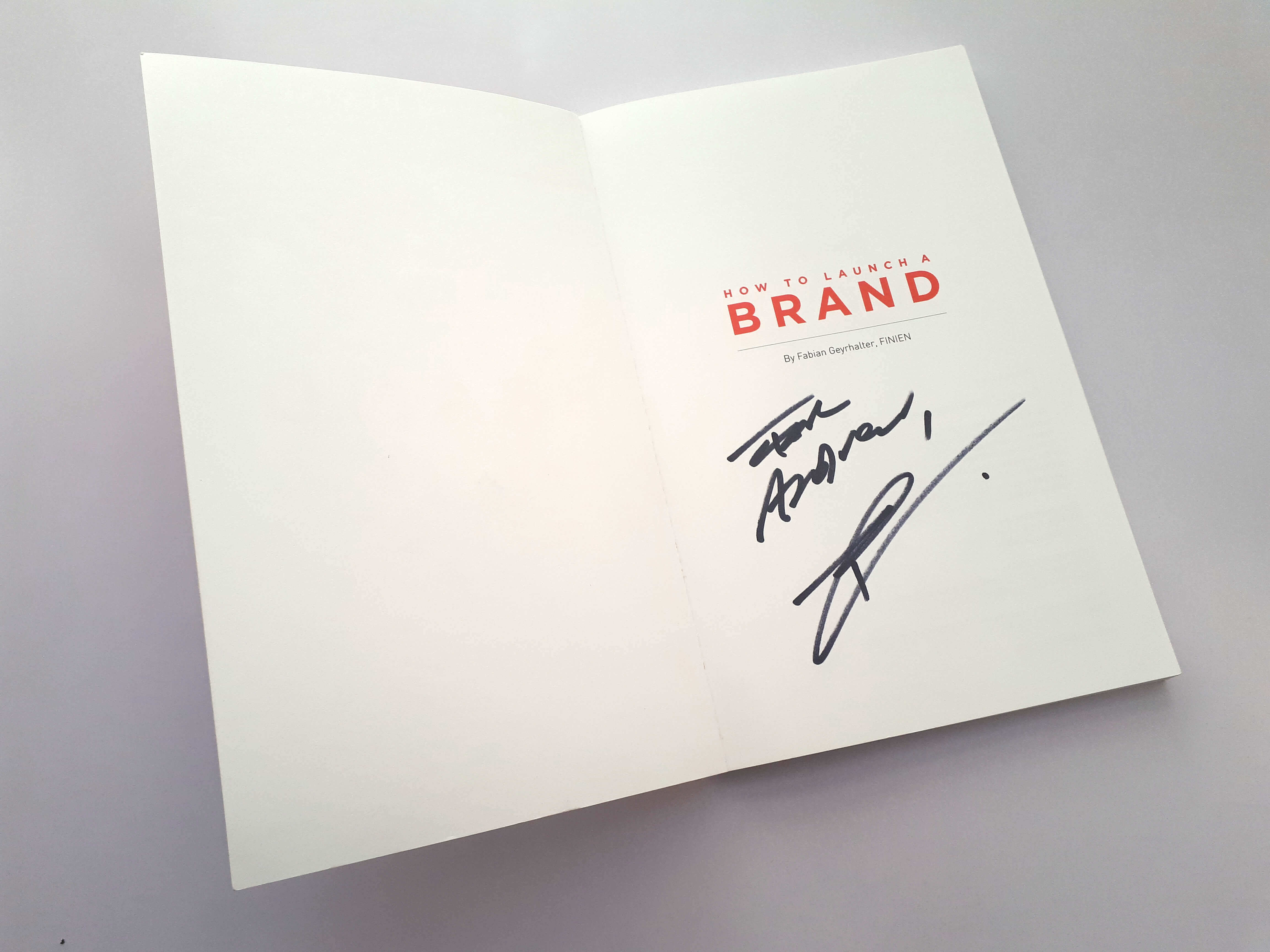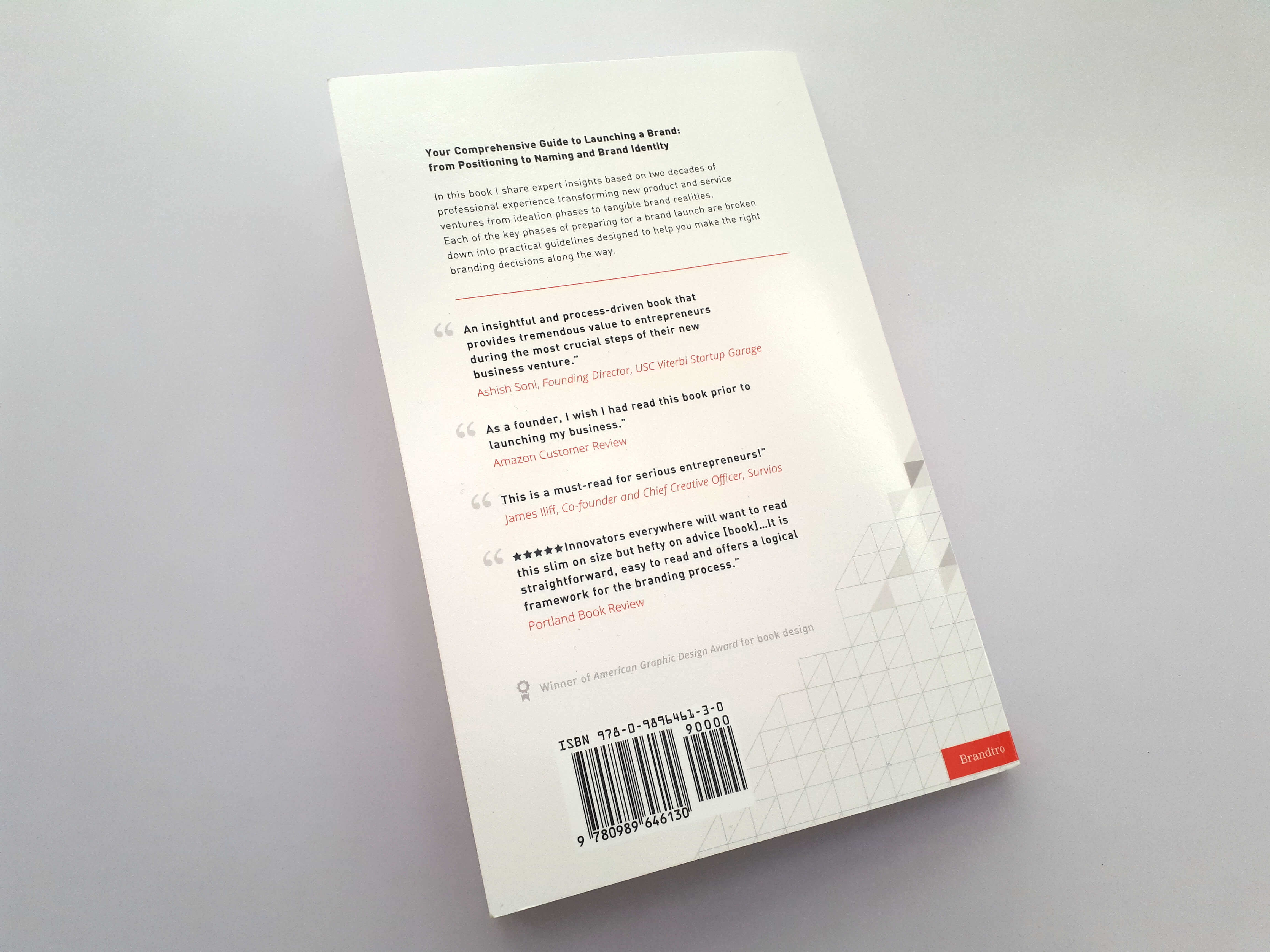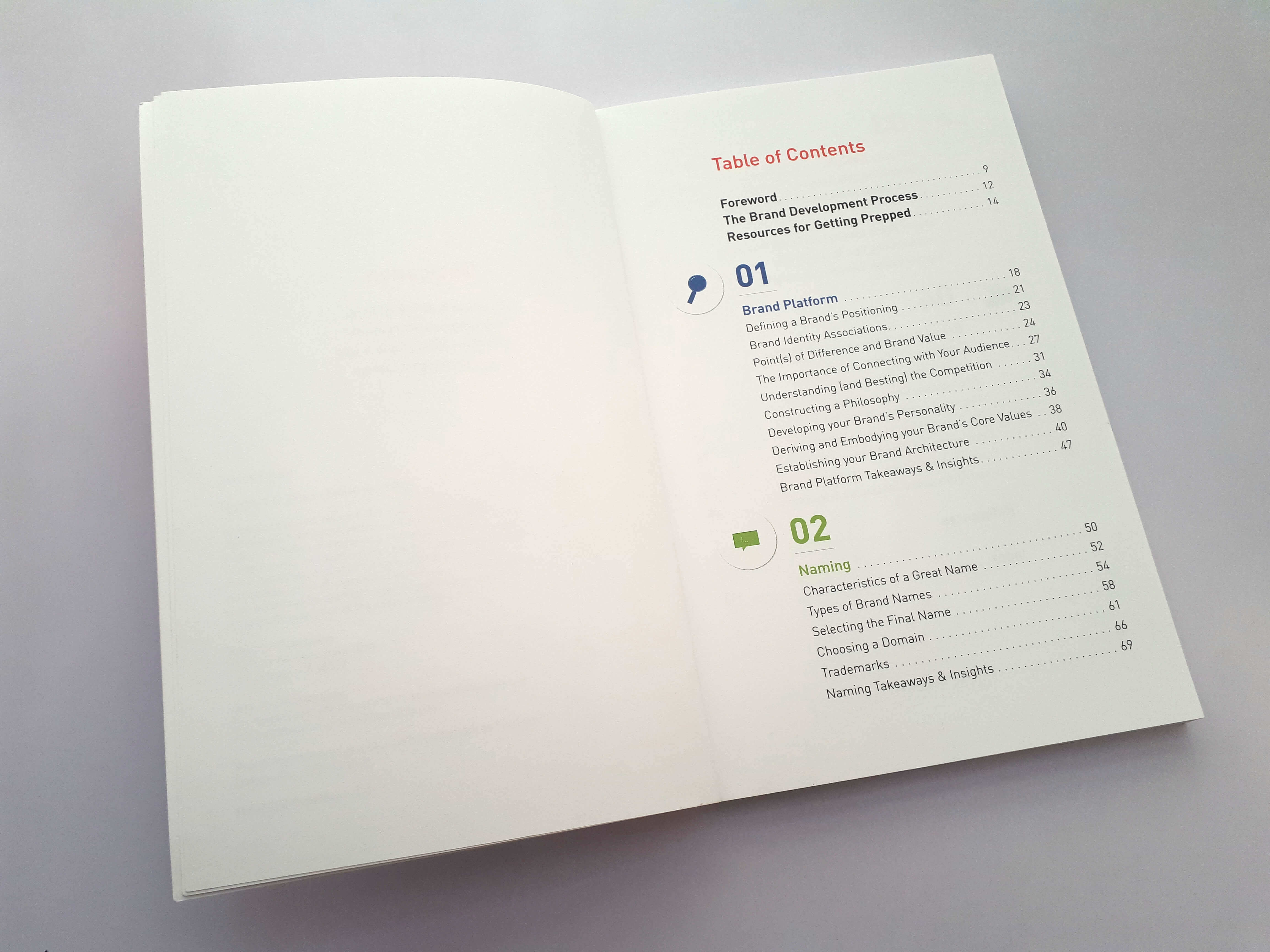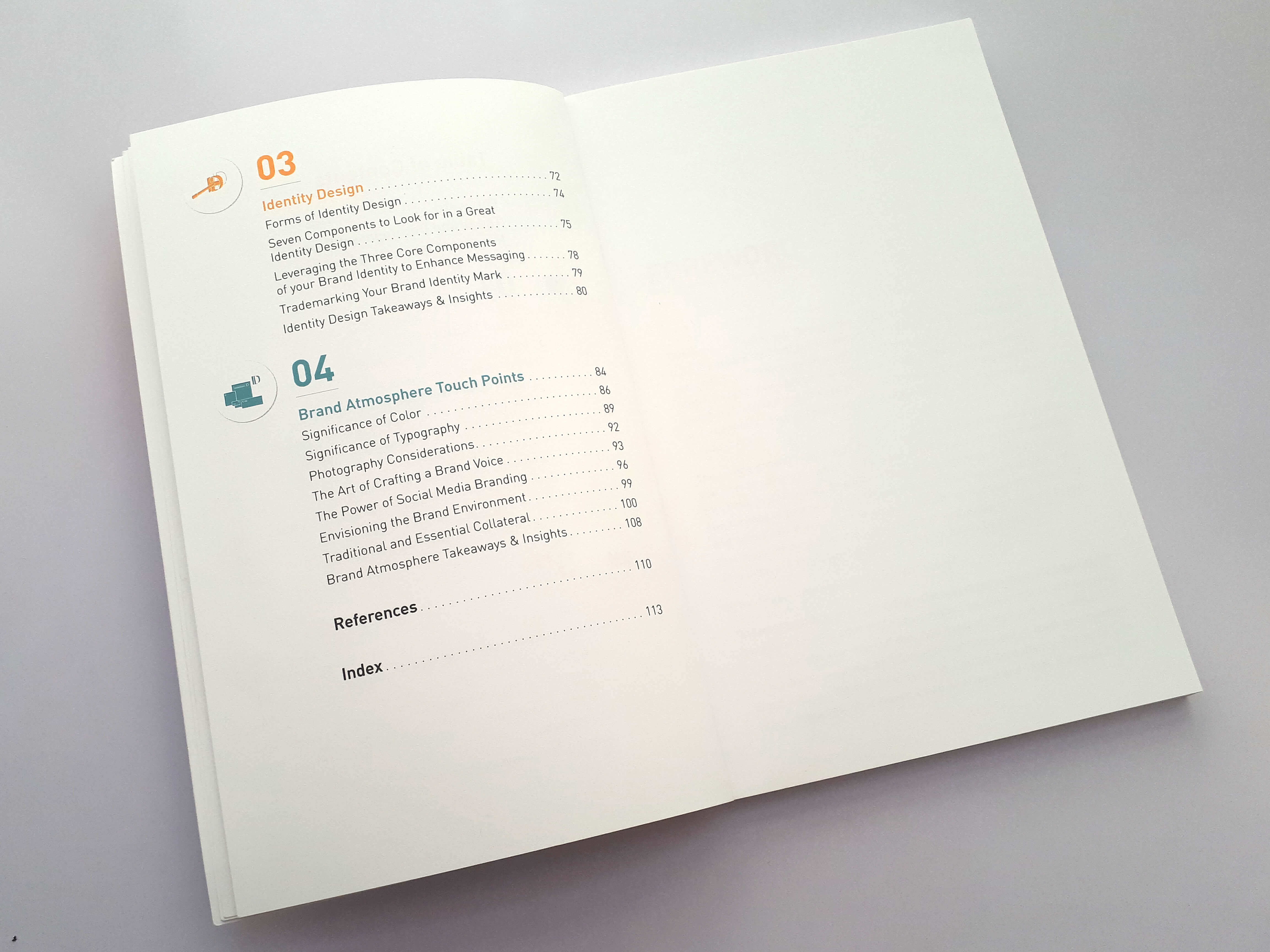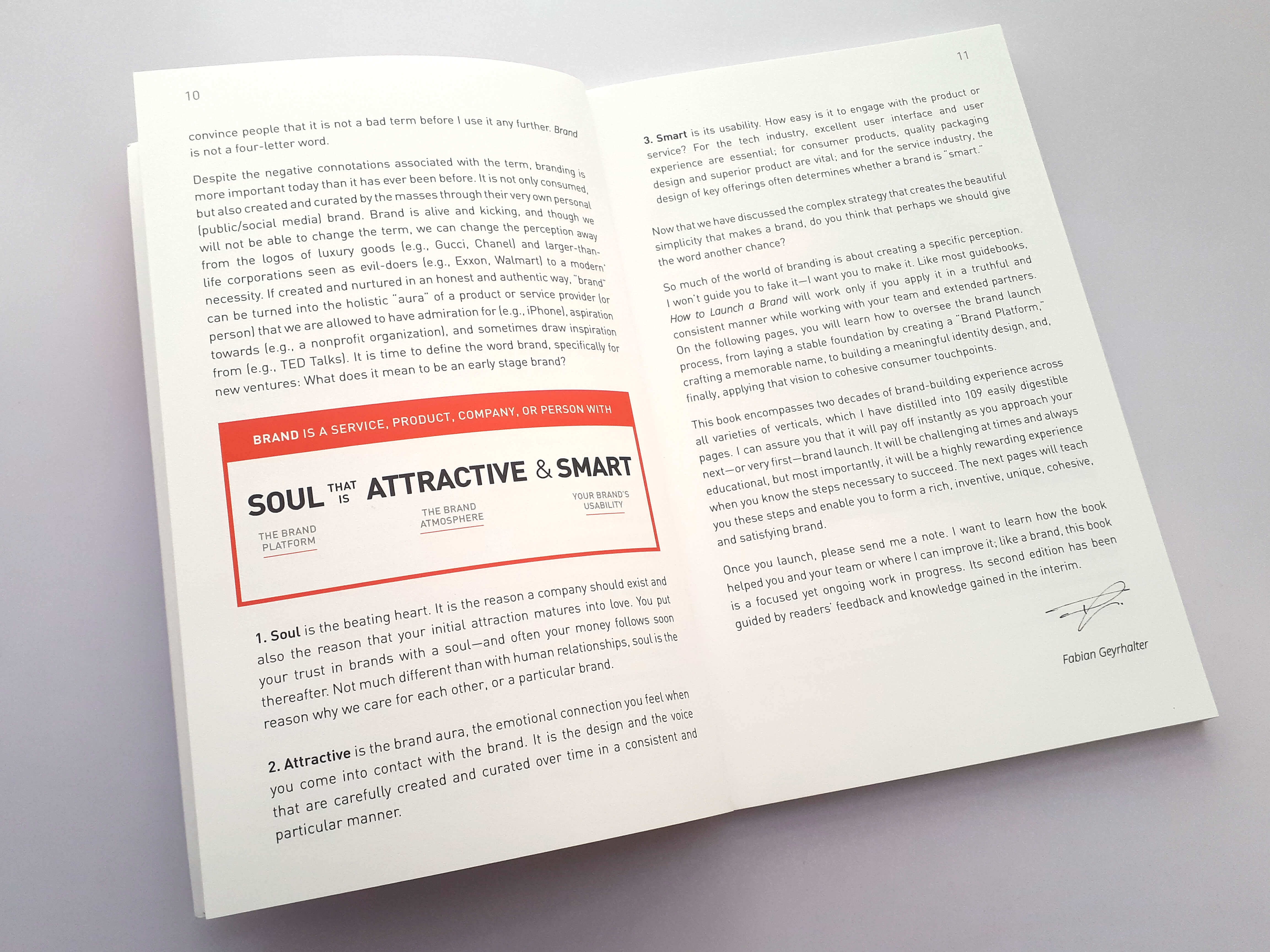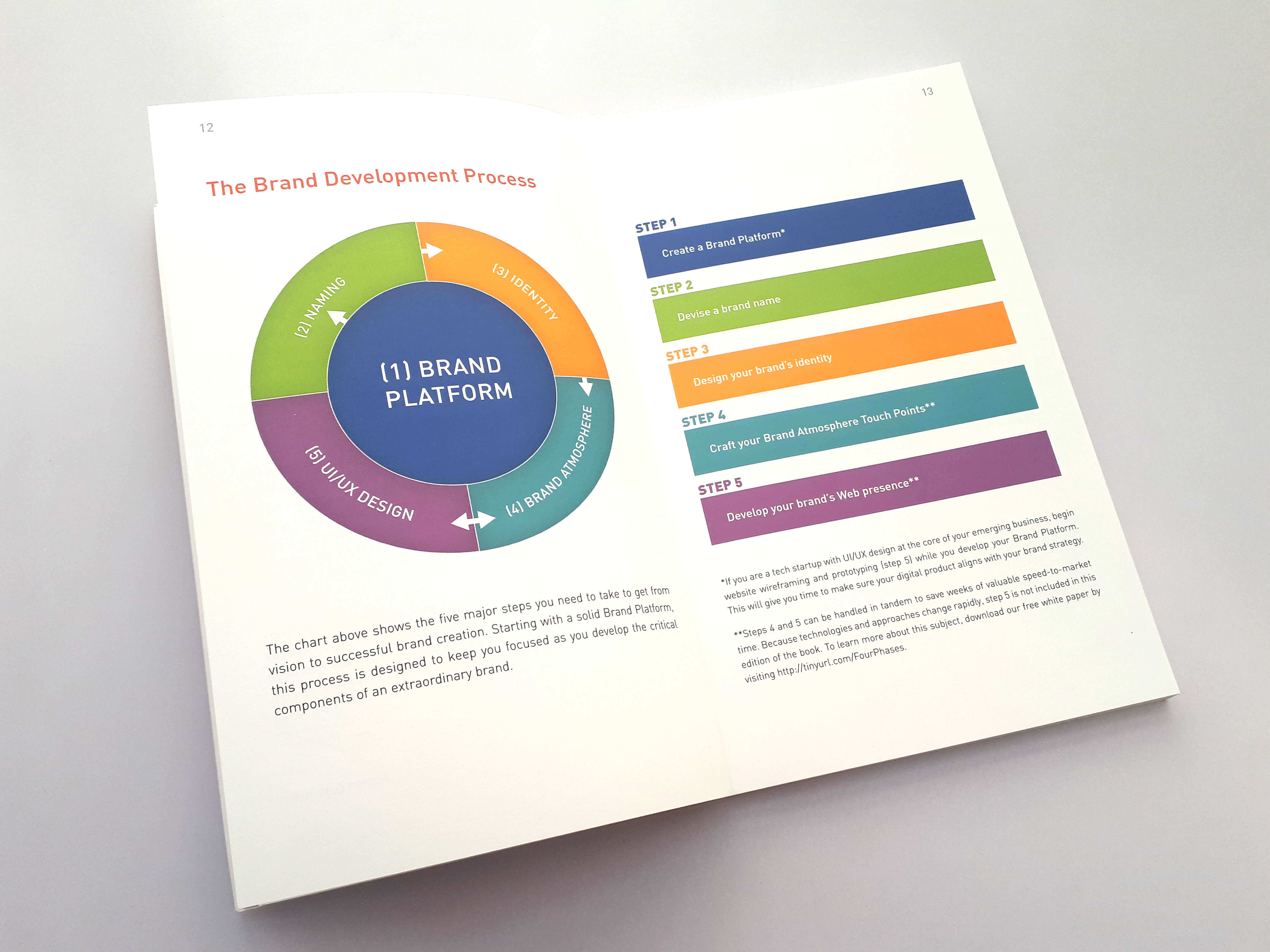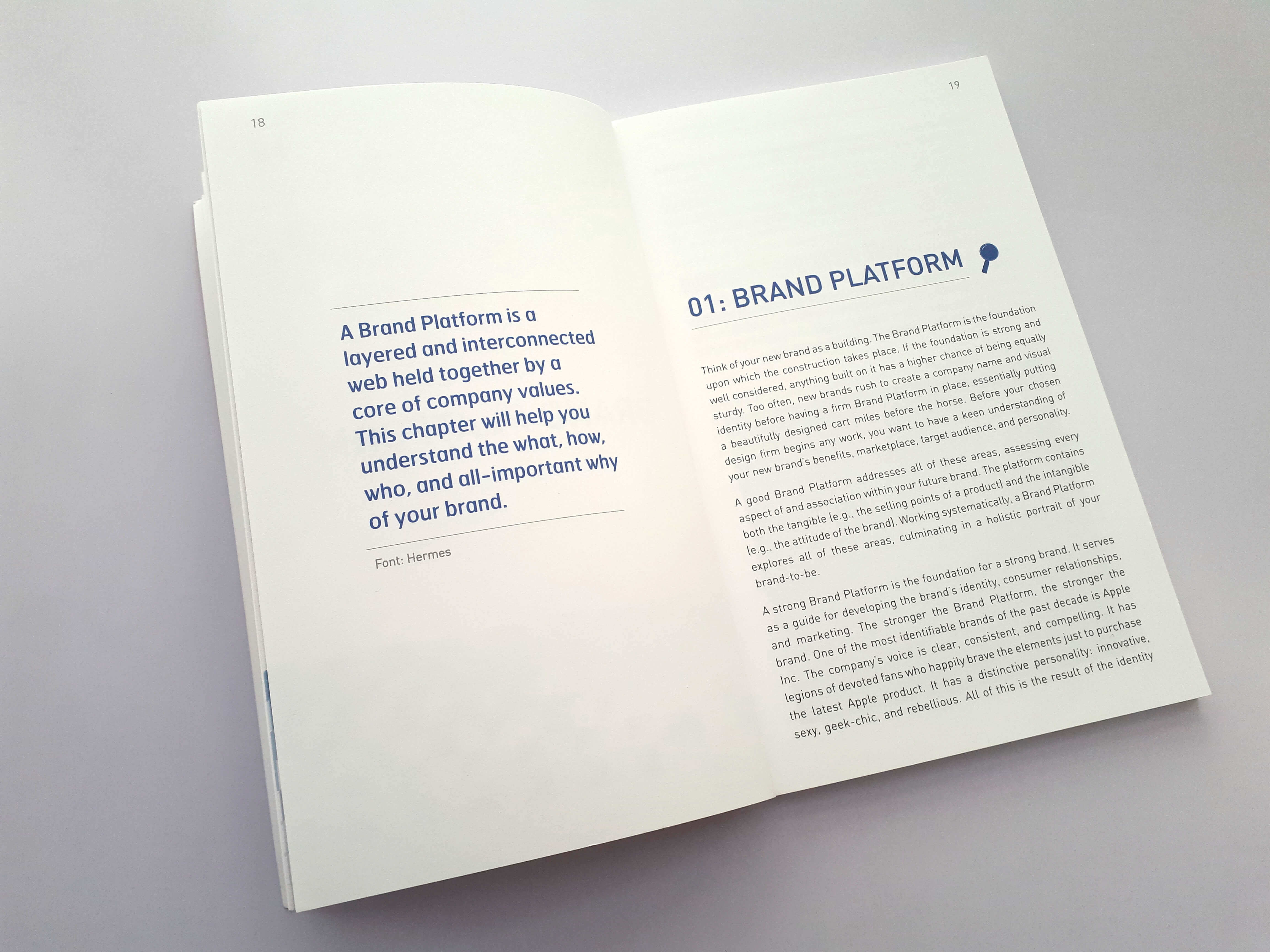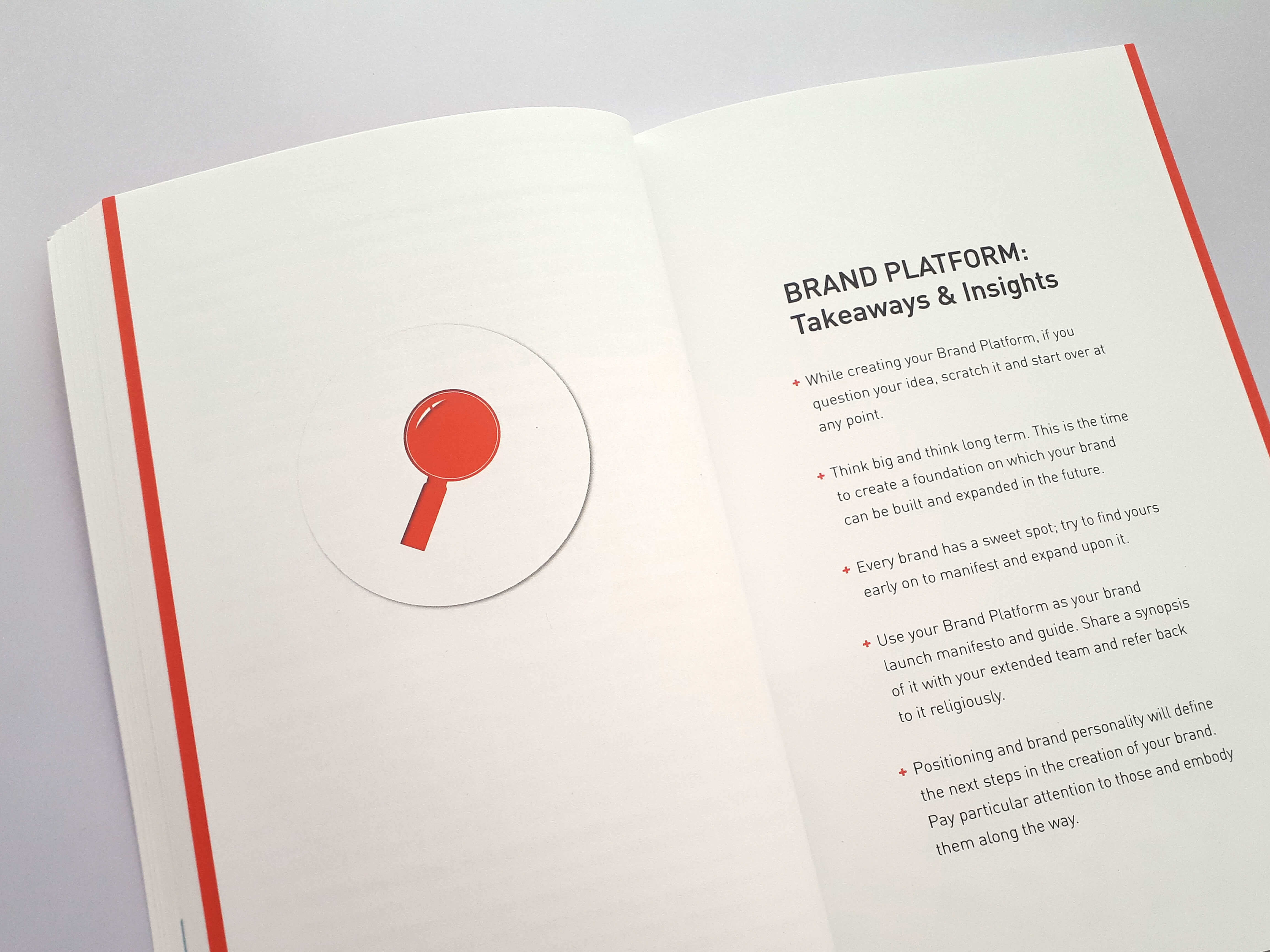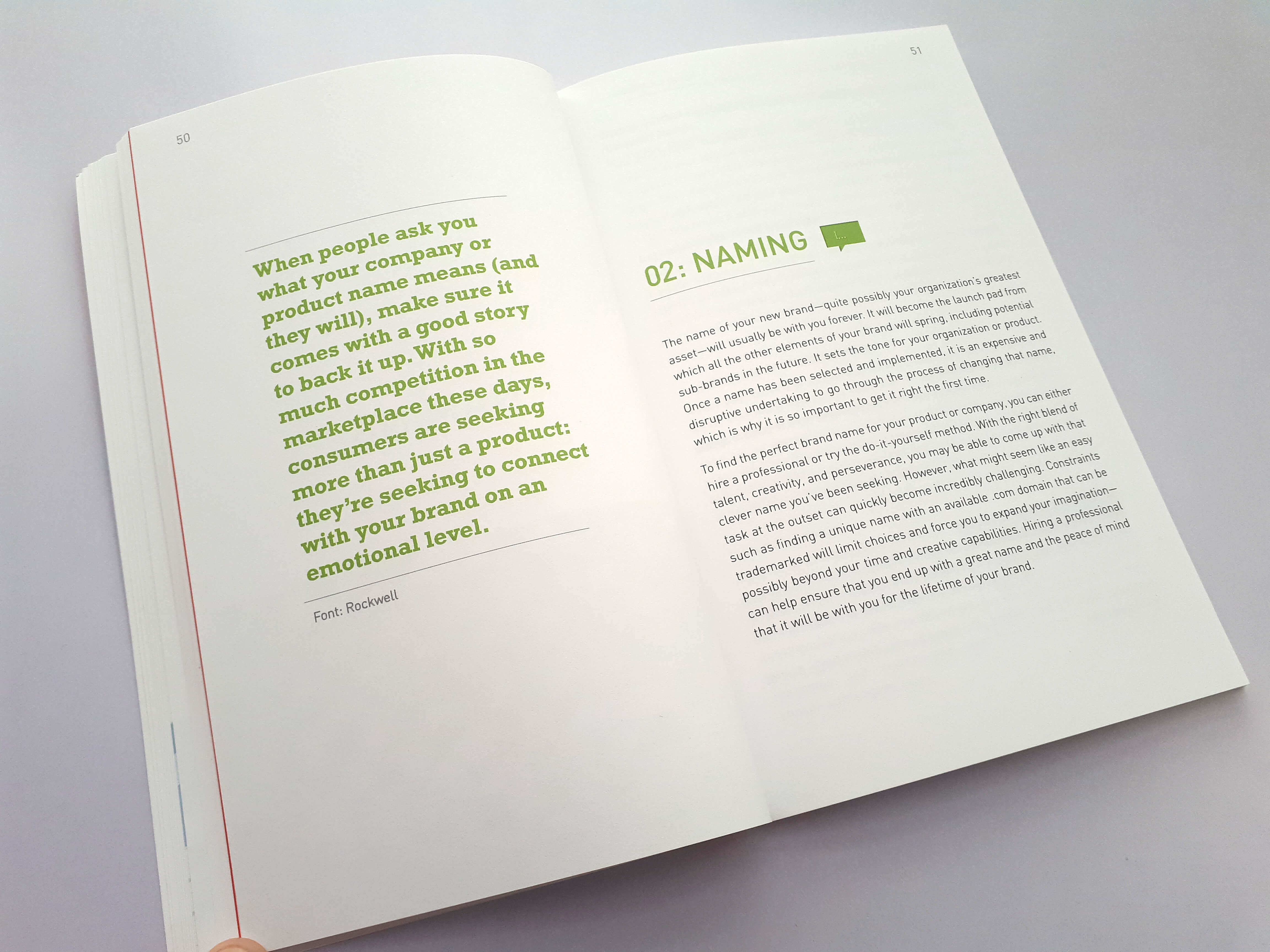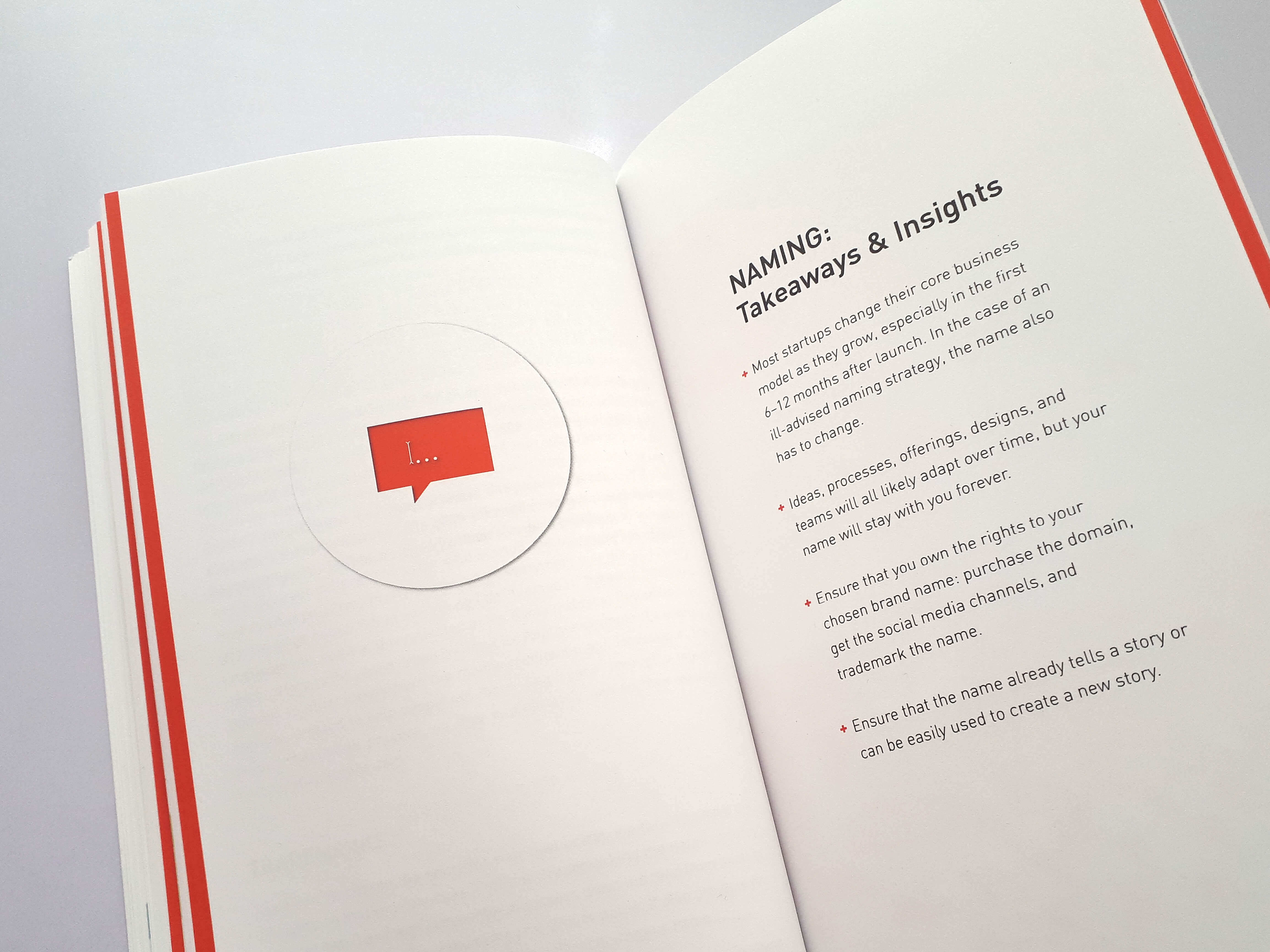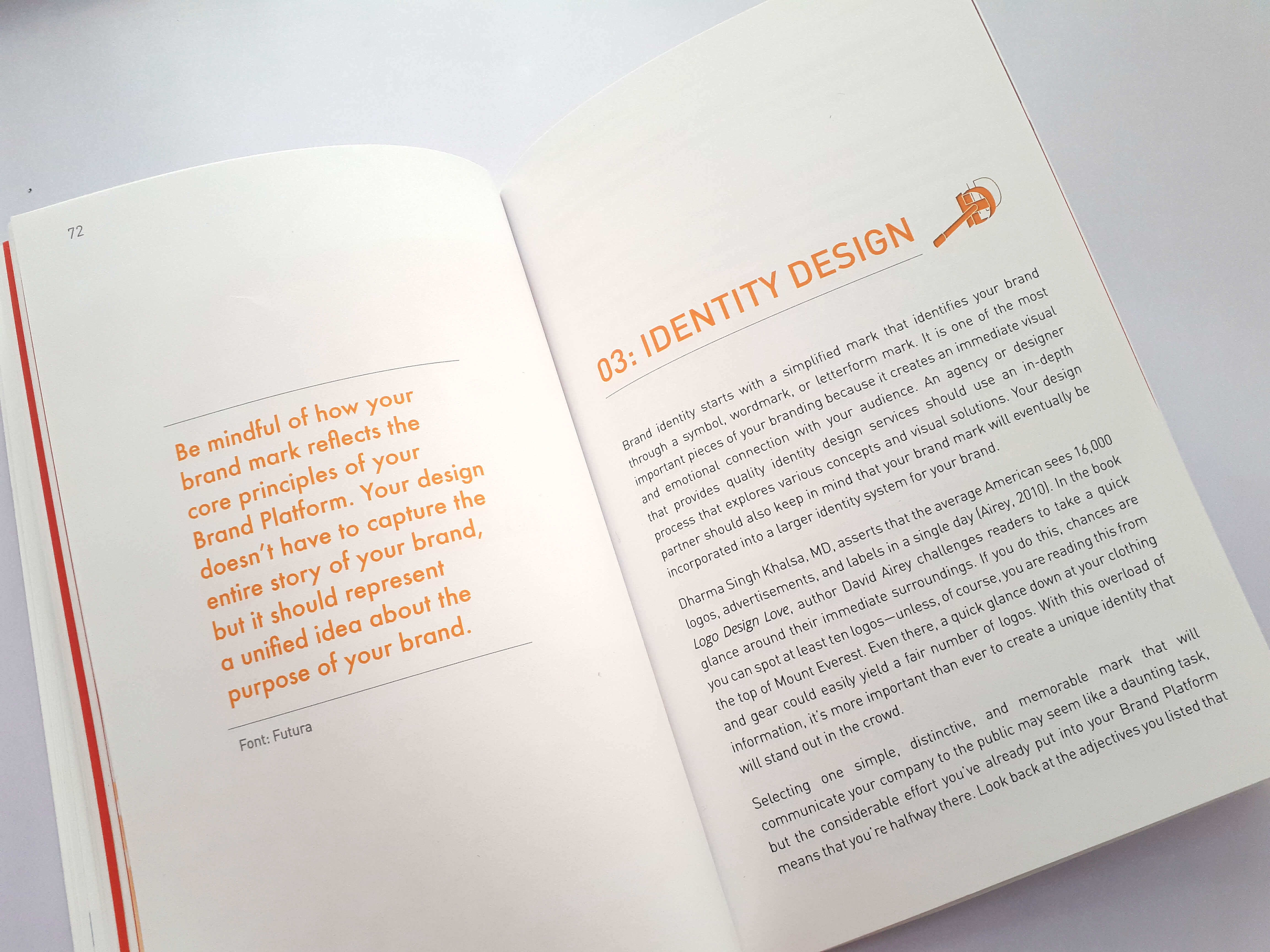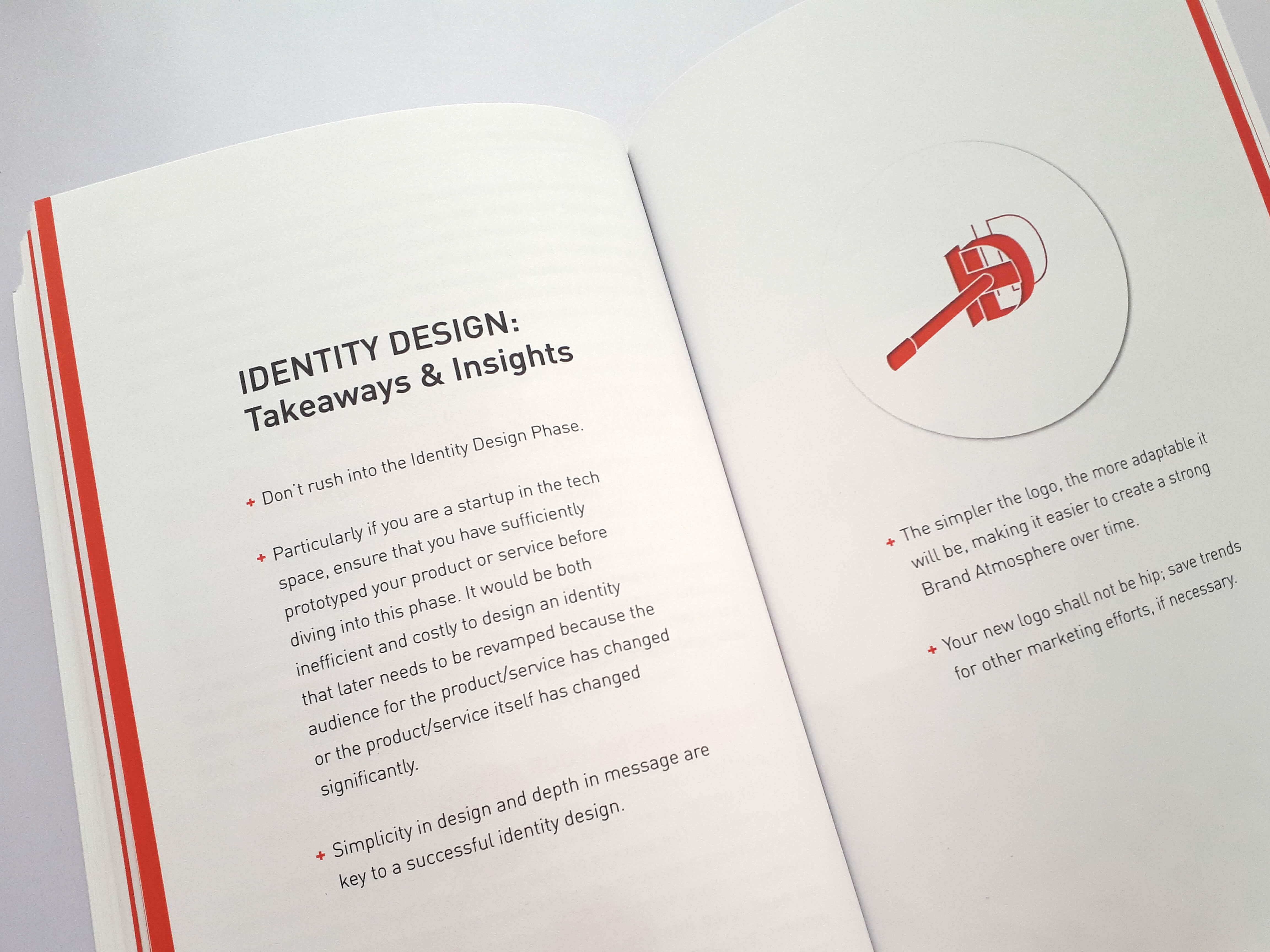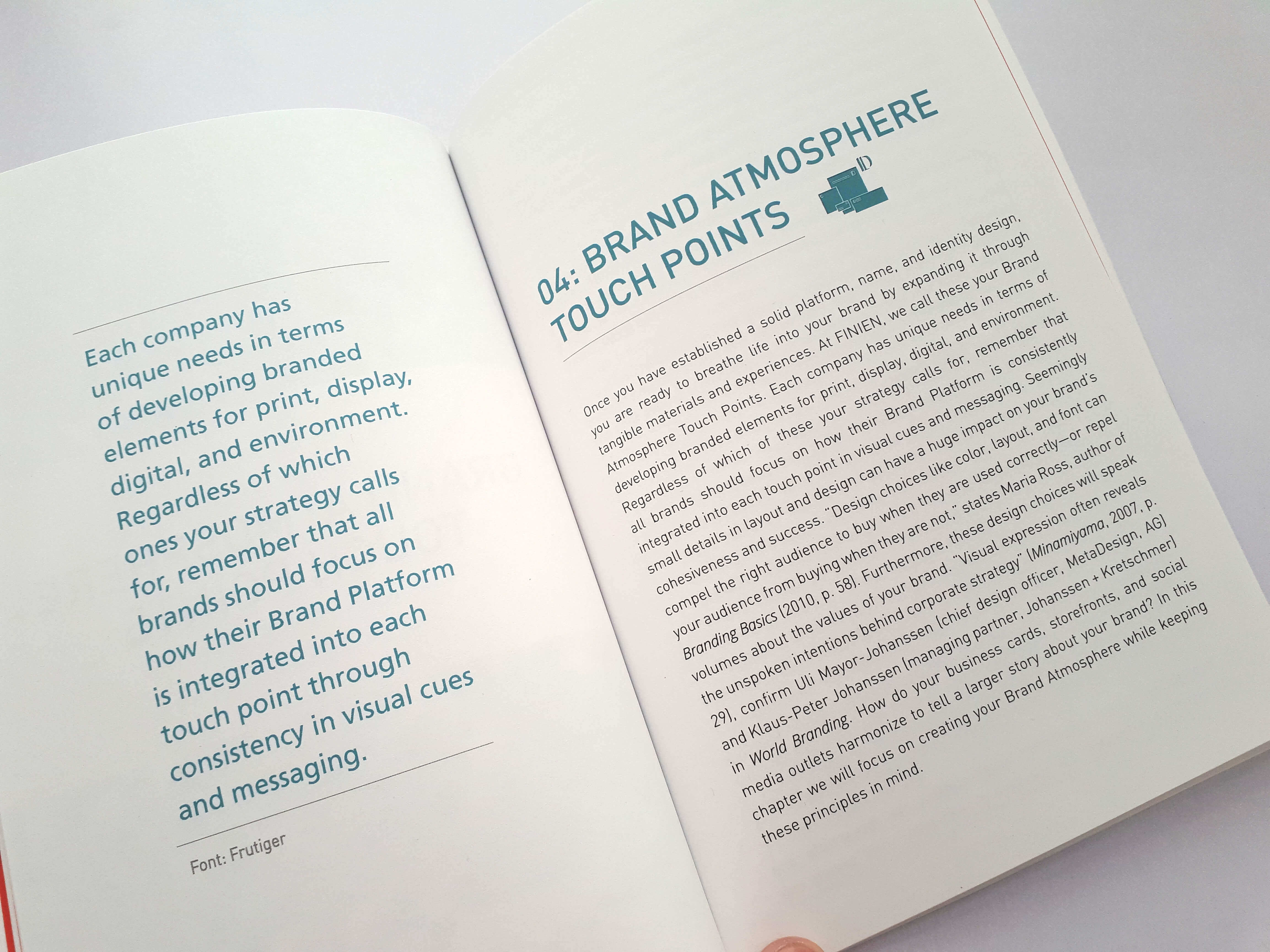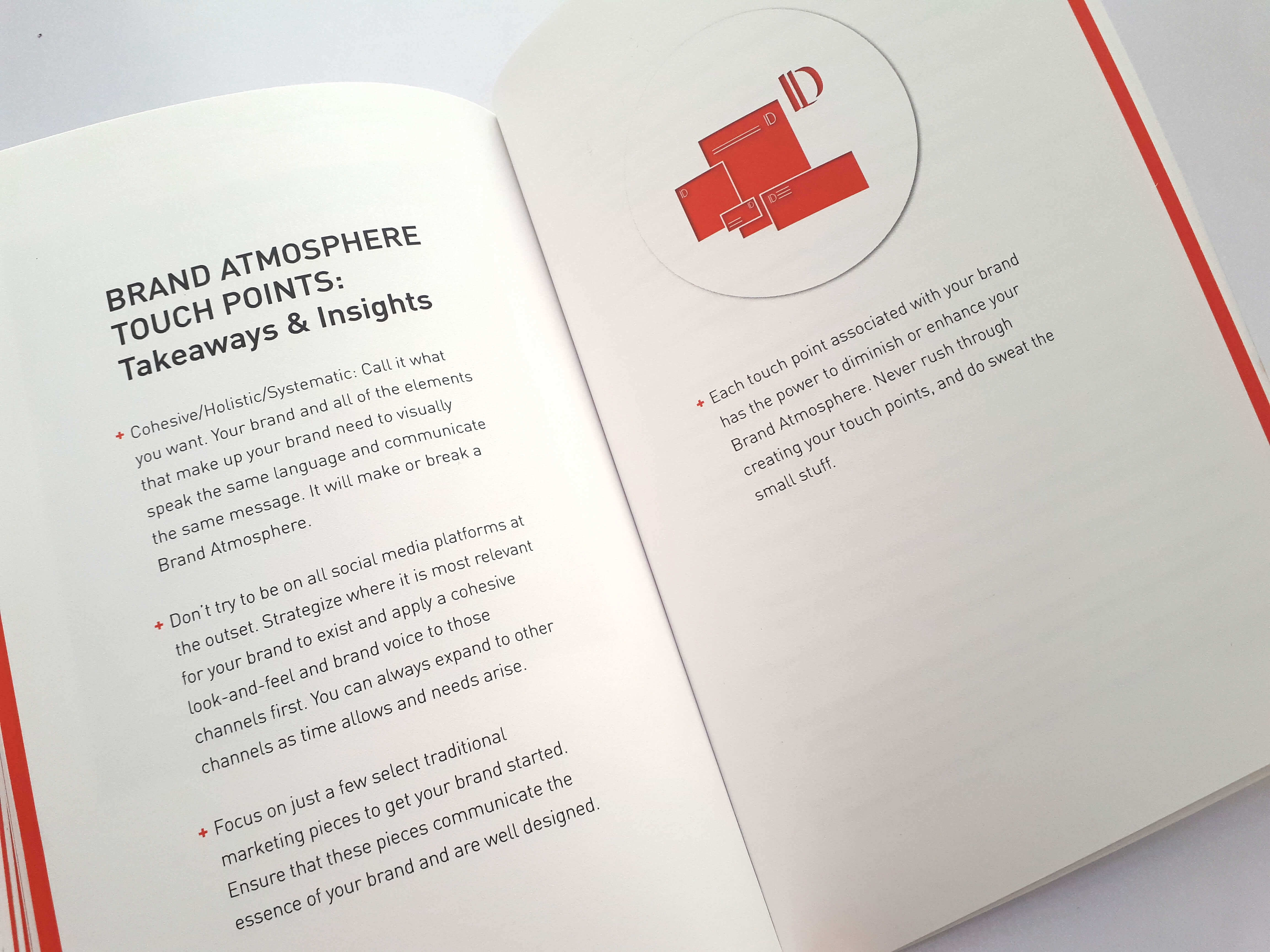In this book review edition, we are taking a look at “How to launch a brand by Fabian Geyrhalter” your step by step guide to crafting a brand from positioning to naming and brand identity. It’s an easy to read, comprehensive guide to launching your brand.
Back in February this year I contacted Fabian about taking part in our designer interview which he was more than happy to take part in so over the months we have been collaborating to put together Fabian’s interview.
He offered to send me signed copies of his book’s “Bigger than this” and “How to launch a brand” in this article we will be reviewing his first book “How to launch a brand by Fabian Geyrhalter”.
The book was published in 2016 and has 120 pages, it’s an Amazon #1 bestseller and winner of the American graphic design award for book design.
This book goes through the steps necessary to build a brand from the ground up and Fabian shares his insights based on two decades of professional experience transforming new product and service ventures from ideation phases to tangible brand realities.
Each of the key phases of preparing for a brand launch is broken down into practical guidelines designed to help you make the right branded decisions along the way
The books available from most well-known bookstores and online book retailers I have included a link at the end of the article to wordery which I personally purchase all my books from and highly recommend.
What I like about this book is it’s clear and simple layout of all the four chapters included in this book starting with Brand Platform, Naming, Identity Design, and the final section Brand Atmosphere TouchPoints. Each uniquely colour coded with their own colour as you read through the sections.
This book is great for beginners and experienced professionals. It’s a nice quick organised read that I personally really enjoyed reading and it took me about a week to read.
I thought I would do something a little different with this review and outline the sections to give you an overview of the content explained in this book including pics of the book and sections within.
I would also like to personally thank Fabian for sending me signed copies of the books I will also link his designer interview here when it’s released.
The book starts with a foreword from Fabian.
Table of Contents
Foreword
- Design truly holds the key to the success of your new brand.
- What does it even mean to be a brand today?
- The word “brand” needs a rebranding due to its brand longevity the brand legacy is not brand correct anymore.
- The soul is the beating heart, it’s the reason a company should exist and also the reason your initial attraction matures into love.
- Attraction is the brand aura. the emotional connection you feel when you come into contact with the brand.
- Smart is its usability, How easy it is to engage with a product or service?
- just as “no man is an island” no entrepreneur should exist in a vacuum. We naturally seek the advice of our coworkers, friends, family, and mentors. Validation and constructive criticism are critical in developing a brand.
The brand development process
- We start in the middle of the brand platform then we go to the outside of the circle and around to “Naming” “Identity” “Brand Atmosphere” then on to UI/UX design.
Next, we look at the steps:-
- Create a brand platform.
- Devise a brand name
- Design your brand’s identity
- Craft your brand atmosphere touch points
- Develop your brand’s web presence.
Section One: Brand Platform
- Think of your new brand as a building. The brand platform is the foundation upon which the construction takes place. If the foundation is strong and well considered, anything built on it has a higher chance of being equally sturdy.
A strong a brand point form is the foundation for a strong brand. It serves as a guide for developing the brand’s identity, consumer relations, and marketing. The stronger the brand platform the stronger the brand.
Defining a brand’s positioning
- What makes your brand unique? why will consumers be drawn to your product? How does the audience perceive your brand?
- Simplistic as it might sound, it can help you think of your brand in terms of problem and solution.
- All positioning falls into one or more of these categories:
- Functional (solves a problem or provides a tangible benefit).
- Symbolic (provides a feeling of belonging or self-image benefit)
- Experiential provides physical mental stimulation
Brand Identity Associations
- There are four sources of brand identity associations: the brand is a product, brand as an organisation, brand as a person, and brand as a symbol.
Brand as a product: product lines, specific products, their attributes, quality, and value, functionality, aesthetics, user personality
Brand as an organisation: the philosophy of your company, the brand’s attitude, scope (ie local vs global)
Brand as a person: your brand’s character traits and how users view their relationship with your brand; this might be typified by a company leader or spokesperson.
Brand as a symbol: physical properties of your product – a unique design, identity (logo) advertising campaign, or brand heritage (particularly if you’re launching a brand under a pre-existing company umbrella
Points of difference and brand value
- Today’s consumers have more choices than ever before.
- All a brand needs are one strong point of difference to distinguish it from the competition
- As the consumer market becomes increasingly saturated with the competitive product and service offerings, branding is emerging as a key differentiator for prospective consumers.
- Consumers are triggered by emotion far more than by logic
- People don’t care about you until they know you care about them.
The number one most important branding exercise: Don’t think of your audience, think like them.
Understanding the needs of your audience
The key to connecting with your audience is understanding what motivates them.
Abraham Maslow identifies five categories of needs.
Physiological Needs
- Biological motivators: food, water, sleep, health, sex
- Product examples: medicine, health food, bottled water, exercise equipment.
Safety Needs
- Motivated by the desire for physical safety, security, and stability.
- Product examples: insurance, safety devices like (smoke detectors, helmets and retirement investments.)
Belongingness Needs
- Motives are reflected in longing for love, friendship, affection, socialising, and acceptance.
- Product examples: like clothing, food, personal grooming,
Esteem Needs
A desire for self-esteem, status, superiority, and prestige.
Perfect examples: Clothing, automobiles, Alcohol, Hobbies, travel, and cosmetics.
Self-actualisation Need
- Motivated by the desire for self-fulfillment, realising full potential.
- Product examples: education, hobbies, vacations sports and museums.
- Maslow’s needs hierarchy is a powerful tool to use in determining the efficacy of your brand in terms of audience, business management, product development, visual identity, message, and marketing language
- A clear knowledge of the needs and desires of your target customer allows your brand to connect in a more meaningful and compelling way and stand out in a saturated Marketplace.
Constructing a Philosophy
- Why do certain brands connect better than others? great brands communicate on a deeper level. in Start with why: How great leaders inspire everyone to take action, Simon Sinek advocates at a business should tell the consumer not what it does but why it does it. Giving your brand a voice and ideology creates a stronger bond with the audience.
Compare brand’s story to religious doctrine. A brand’s story is ingrained in the hearts and minds of true of believers touching on the hallmarks of an organised religion: “a sense of belonging a clear vision, enemies, evangelism, grandeur, storytelling, sensory appeal, rituals, symbols, and mystery
- Why does this brand exist?
- Is there a compelling story behind the brand?
- How could your brand experiment and grow, moving forward?
- What does the world need that your brand is uniquely able to provide?
- Consumers now want more out of their brands than just products.
- Thinking of your brand as a person will help you create an authentic voice that will connect with consumers.
- Think big and think long term. This is the time to create a foundation on which you can be built and expanded in the future.
- Every brand has a sweet spot; try to find yours early on to manifest and expand upon it.
Section 2: Naming
- The name of your new brand quite possibly your organisation’s greatest asset – will usually be with you forever. It will become the launch pad from which all other elements of your brand will spring, including potential sub-brands in the future. it sets your organisation or product.
Characteristics of a great name
When selecting the best name for your company or product you should look for certain characteristics;
- Short and easy to pronounce
- Meets your needs online
- Passes the search test
- Tells a story
- Stands out
- Expandable into brand language
- Avoid cliches or overused words
- Culturally friendly
Type of brand names
- Founder
- Descriptive
- Fabricated
- Metaphor
- Acronym
- Creative Spelling
- Numeric
Choosing a domain
- Naming your brand successfully and formulating your domain name go hand in hand. Every Startup has different needs when it comes to domain ownership
- How much money is a .com domain worth?
Alternatives to .com ownership
- While owning a .com is the most desirable way to go, your brand can still have success with a carefully chosen top-level domain such as .net, .org, .pro
Trademarks
- Once you’ve chosen your name for your brand, it’s time to check your IP rights so that you can make it official. Trademark in your name ensures that you own it and you won’t encounter any issues down the road from another company claiming to have a same or similar name. It also protects you from those who might try to copy or illegally acquire your name.
Section 3: Identity Design
- Brand identity starts with a simplified mark that identifies your brand through a symbol, wordmark, or letterform mark. It is one of the most important pieces of your branding because it creates an immediate visual and emotional connection with your audience.
Of the 16,000 logos, you see on any given day, each fall into one or two categories that comprise the basic types of identity design: icon and wordmark or wordmark.
Seven components to look for in a great identity design
- Timeless, unique/distinctive, tells a story, simple, flexible, works well as both large and small sizes, adaptive.
- Simplicity in design and depth in the message are key to a successful identity design
- The simpler the logo the more adaptable it will be, making it easier to create a strong brand atmosphere over time.
Trademark your brand identity mark
- In addition to your name make sure you register a trademark for your identity design, even a logotype of a name that has already been trademarked
Section 4: Brand atmosphere touch points
- Once you’ve established a solid platform, name and identity design, you are ready to breathe life into your brand by expanding it through the tangible materials and experiences
Significance of color
- Colour Selection is a key part of your strategic brand atmosphere decision-making process that goes far beyond artistic preferences. Colour influences an audience emotionally and is often the first thing people notice when they interact with a brand. If used correctly it has the power to create positive associations and improve recognition with an audience. If misused, it can confuse or drive an audience away.
Significance of typography
- Typography is one of the most important design elements in your branding materials. When you consider typography options with the design team, keep readability and brand cohesion at the forefront of your mind. You want your chosen fonts to have attributes that support your brand identity without competing with your logotype font.
The art of crafting a brand voice
- Tagline and descriptor
- Establishing a strong tagline is the first step in developing your brand language. A tagline is a key phrase associated with your brand, and it is repeated across select marketing efforts and other elements of the brand atmosphere. Great taglines convey both the value and the essence of your brand in a concise and memorable way.
The power of social media branding
- Social media provides a huge opportunity for brands to grow their influence in a cost-efficient manner.
- How you leverage your brand through social media channels will have a significant impact on your brand’s success, especially if your Through social media channels who have a significant impact on the print success especially if your business relies on online engagement, which is most frequently the case.
- Before you (or the social media agency you hire) dive into social media, we recommend that you develop a solid content strategy. Here are a few items to consider along the way:
Content value
- Social media is a great space for direct marketing but you need to provide value to your followers with useful content. Your brand will stay more relevant if your audience’s minds if you add something valuable to their day.
Brand voice
- Social media is one of the most important channels for showcasing your unique brand voice.
Maintenance and resources
- Consider how much budget, staff, and time your business can dedicate to social media.
Envisioning the brand environment
In the last chapter, we look at envisioning the brand environment.
- Environment influences the mood and feelings that people associate with your brand. Elements that create a physical brand environment involve all the five senses and can include architecture, materials, light, smell, and temperature.
If you would like to purchase the book with a discount from Wordery please use the link below

